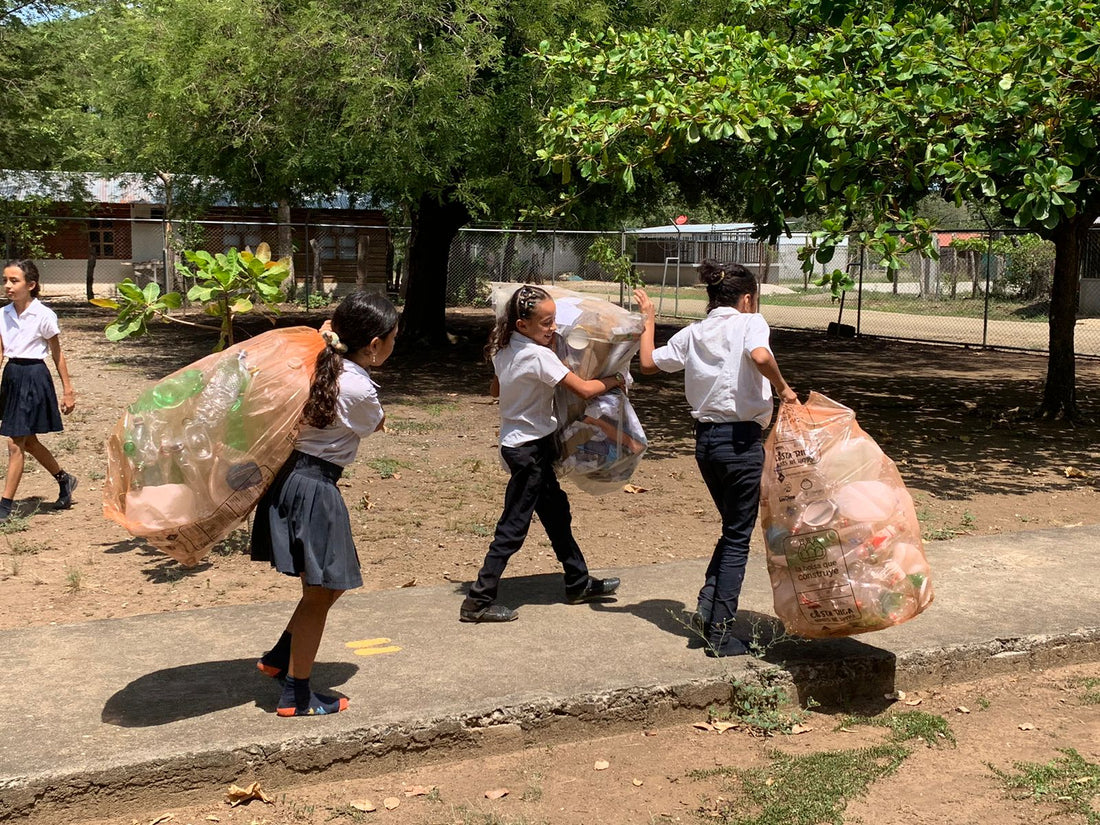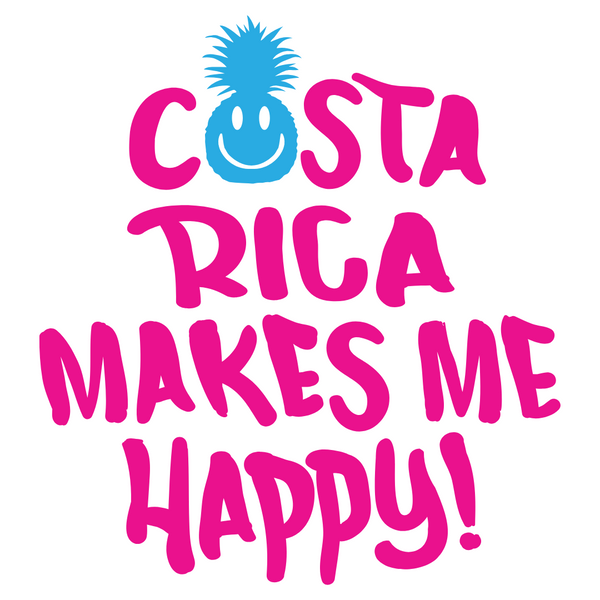
How Schools Can Achieve Zero Waste: A Step-by-Step Guide
Share
Schools generate significant plastic waste daily, yet they offer unique opportunities to create lasting environmental change. When schools implement zero waste programs, students become environmental ambassadors influencing families and communities. This guide provides a practical roadmap for Costa Rican schools to achieve zero waste operations.
Why Schools Matter for Zero Waste
Educational institutions reach thousands of students daily, making them ideal platforms for behavioral transformation. Students participating in waste programs become advocates, influencing parents and siblings to adopt sustainable practices at home. This multiplier effect extends environmental impact far beyond school walls.
Understanding Your School's Waste
Conduct a Waste Audit: Track all waste generated for one week. Categorize by type: plastics, paper, food waste, and other materials. This baseline reveals your biggest challenges and improvement opportunities.
Identify Key Sources: Cafeterias typically generate the most waste, followed by classrooms and offices. Understanding waste origins helps prioritize collection efforts and educational initiatives.
Implementing Collection Systems
Establish Collection Points: Place clearly labeled bins in high-traffic areas: cafeterias, classrooms, hallways, and outdoor spaces. Easy access increases participation and reduces contamination.
Weekly Scheduled Pickups: Partner with waste management organizations offering regular collection services. Scheduled pickups prevent plastic accumulation and maintain hygiene.
Train Staff and Students: Conduct workshops teaching proper sorting and program benefits. Well-informed participants generate cleaner, more valuable collected materials.
Educational Integration
Age-Appropriate Curriculum: Develop lessons teaching environmental impact, recycling processes, and circular economy principles. Integrate waste education into science and social studies classes.
Environmental Ambassadors: Designate student leaders to champion waste reduction and educate peers. Student-led initiatives generate enthusiasm and peer influence.
Measuring Success
Track Kilograms Collected: Monitor total plastic diverted from landfills monthly. Celebrate milestones to maintain engagement.
Participation Rates: Measure percentage of students and staff actively participating. Higher participation indicates program accessibility.
Behavioral Change: Survey students about home waste practices. Document families adopting sustainable habits influenced by student participation.
Connecting to Broader Impact
School waste programs do more than reduce landfill burden. Collected plastics transform into green homes and sustainable infrastructure through innovative recycling technologies. When students see their collected plastic become building materials for community housing, they understand the tangible difference their actions create.
Getting Started Today
Zero waste schools create environmental leaders. By implementing comprehensive collection systems combined with engaging education, your school transforms waste management into a powerful learning opportunity benefiting students, communities, and the planet.
Ready to launch your program? Explore comprehensive waste management solutions supporting educational institutions across Costa Rica.
